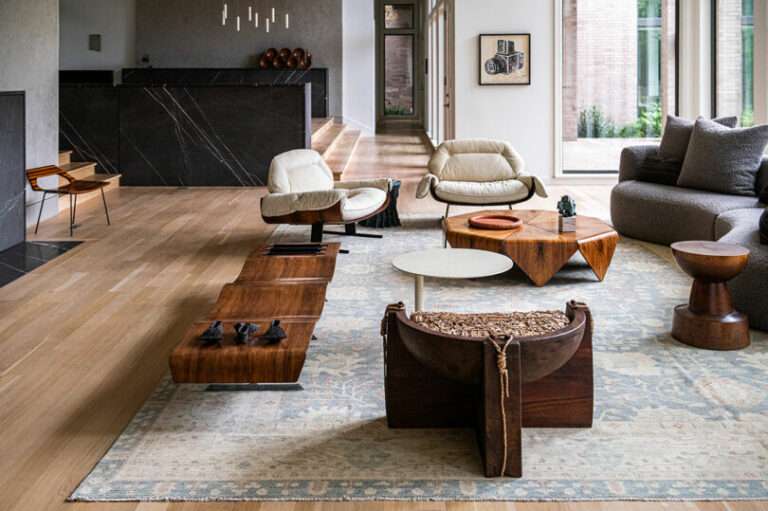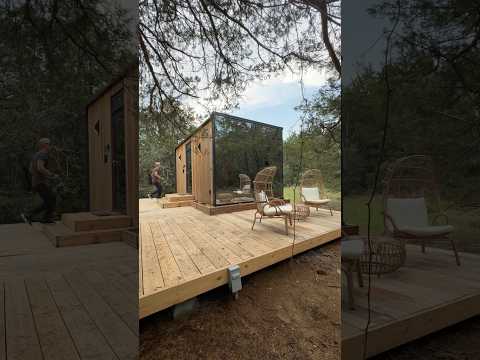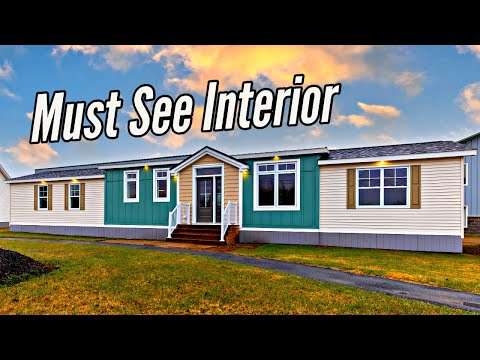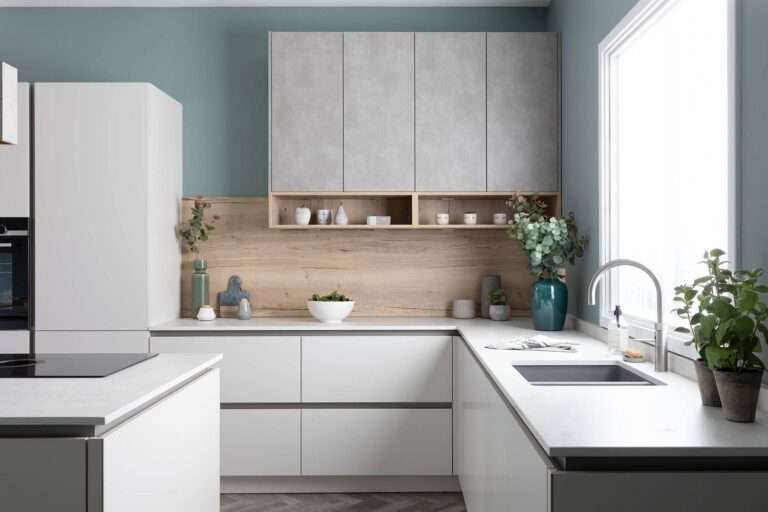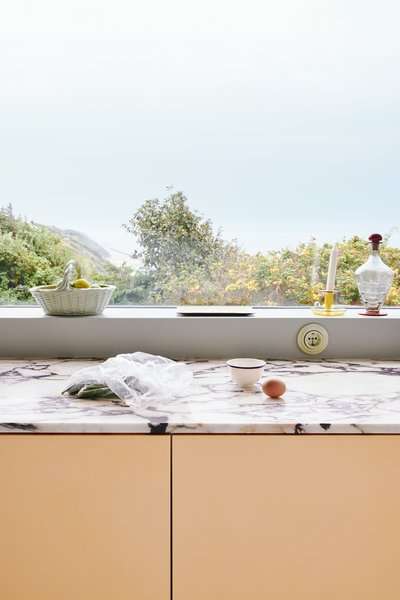The baker and food writer invites us into her Red Hook home, where the kitchen is the main attraction.
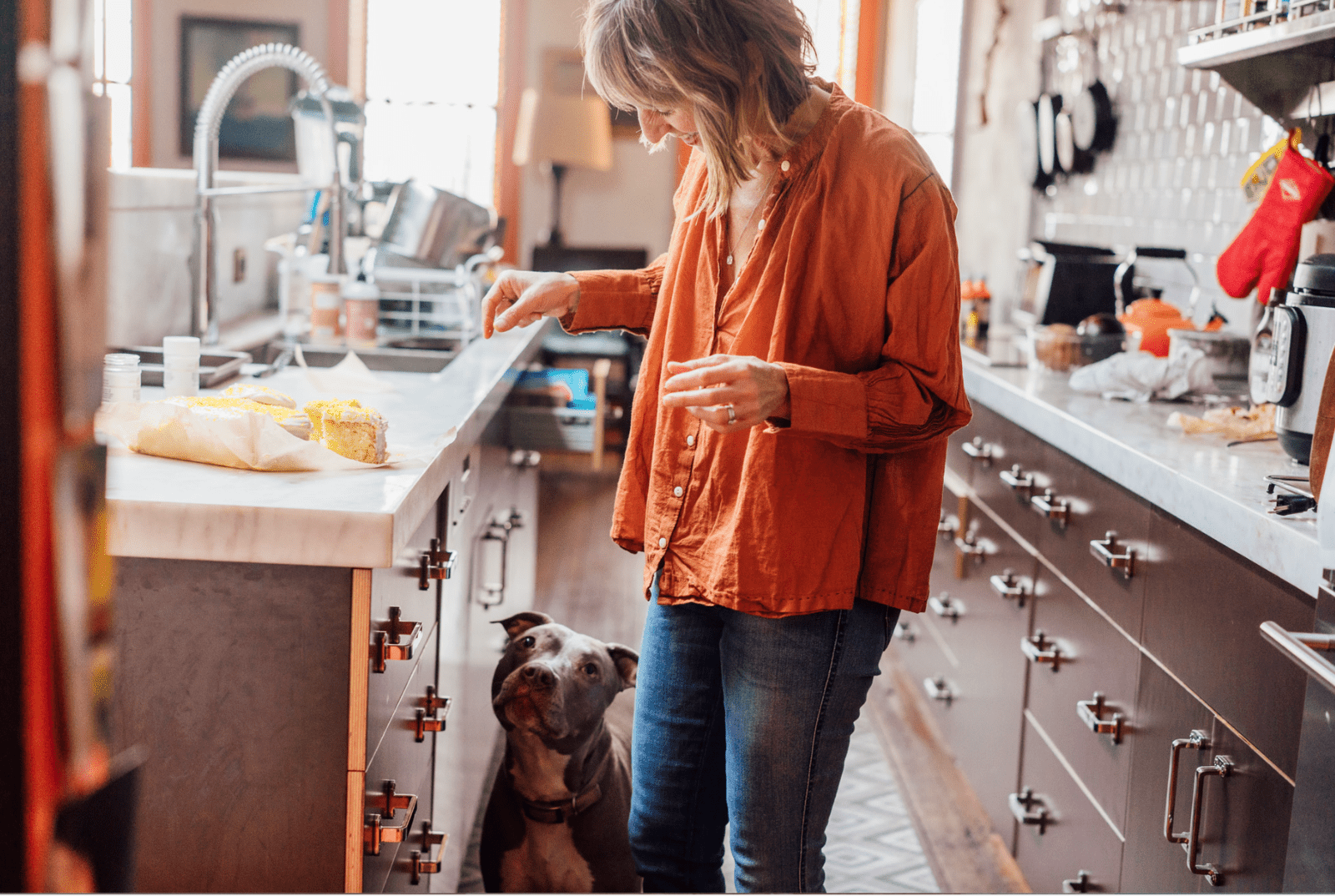
I’ve lived in Red Hook, Brooklyn, with my husband, two teenage boys, and our rescue pit bull for about nine years. My husband, an urban farmer, was always obsessed with the neighborhood, and when he discovered a building for sale—one that literally consisted of nothing more than four brick walls, remnants of a stair case, and floor joists—he was instantly smitten. I was a little apprehensive. I’m a cookbook author, food writer, and baker—and I don’t have quite the “vision” or passion that he has for real estate and home design (and, I mean, you could literally see the sky when you walked through the graffitied front door). But in hindsight (i.e. a gut renovation later), I am grateful that we took the plunge.
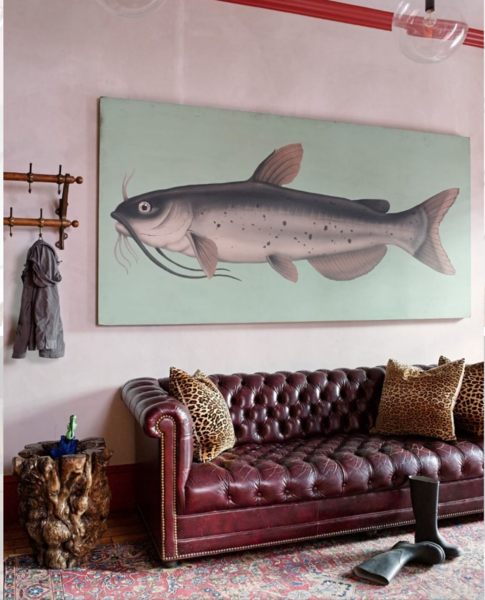
Catfish in the mudroom…Red Hook is a neighborhood by the water, so throughout the house we have flourishes, as it were, that pay tribute to the home’s location.
Image by John Gruen
The 1860s building was built by the Atlantic Dock Co. to house its workers, and we have decorated it with kind of an old-meets-new vibe. The floors are made of salvaged wood—some of it original to the house—the walls are unpainted with a rough, plaster finish; and the radiators are exposed.
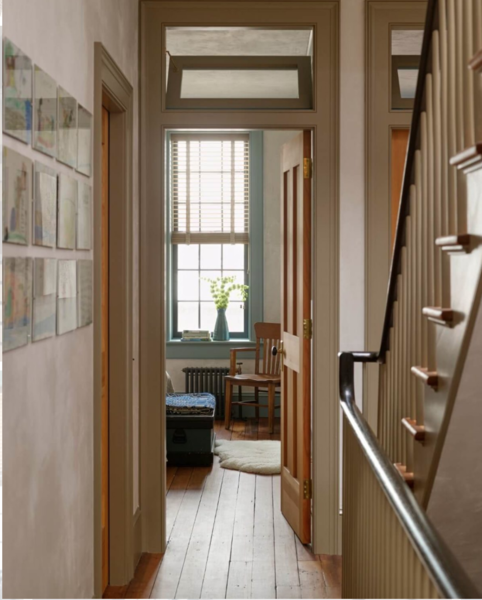
The upstairs hallway leads to the guest bedroom.
Image by John Gruen
We live on three floors of the house, and our bed- and bathrooms are on the second. The house is “upside down,” meaning the living and dining rooms and the kitchen are on the top floor. The light and views of the water are the best there.
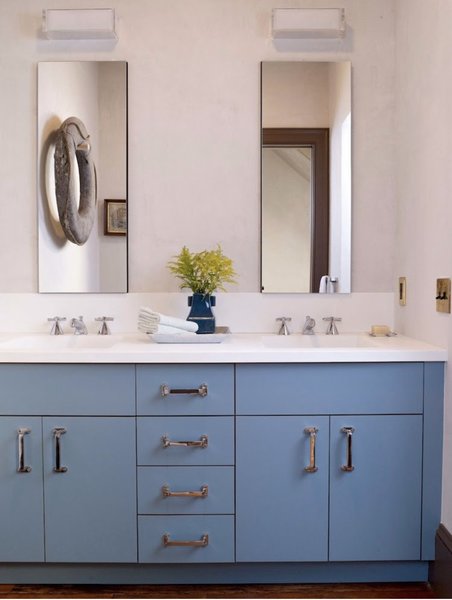
My boys’ bathroom is one of my faves, as I love the color of the blue cabinets. And no, it rarely looks this pristine.
Image by John Gruen
See the full story on Dwell.com: My House: Cookbook Author Jessie Sheehan’s Convivial Brooklyn Townhouse
